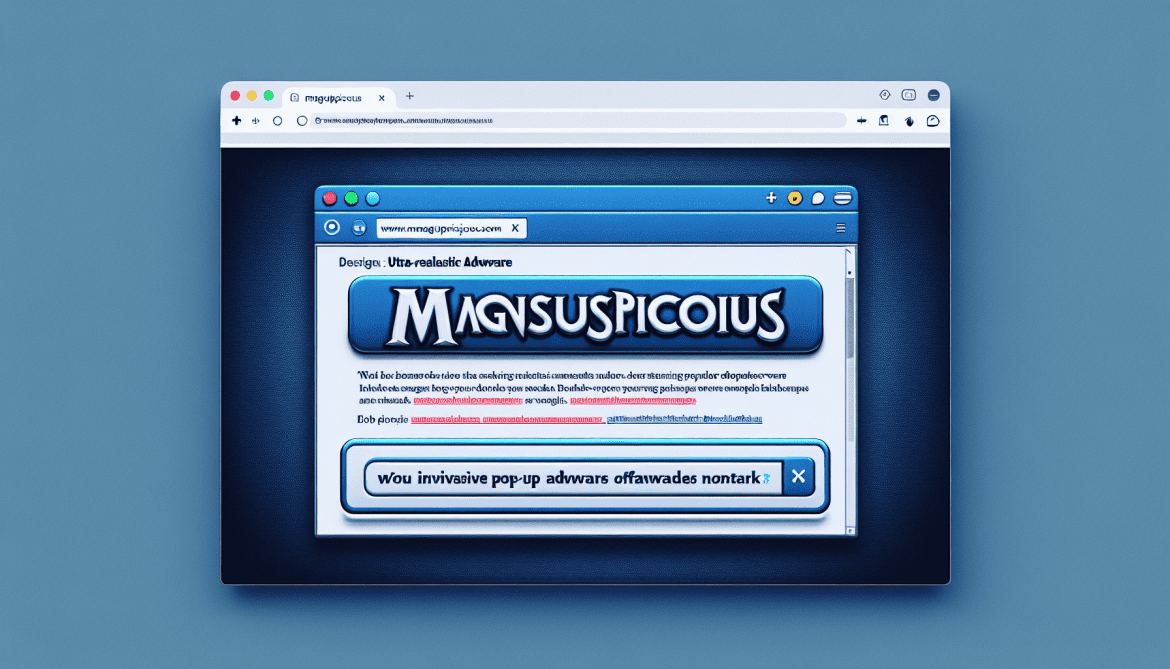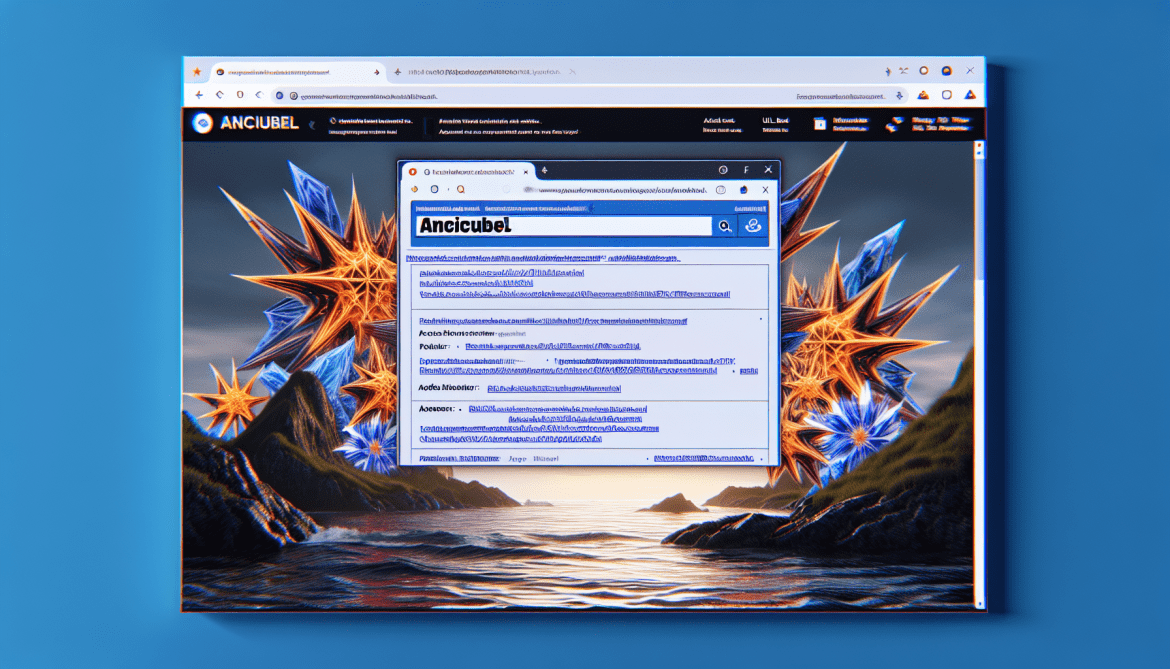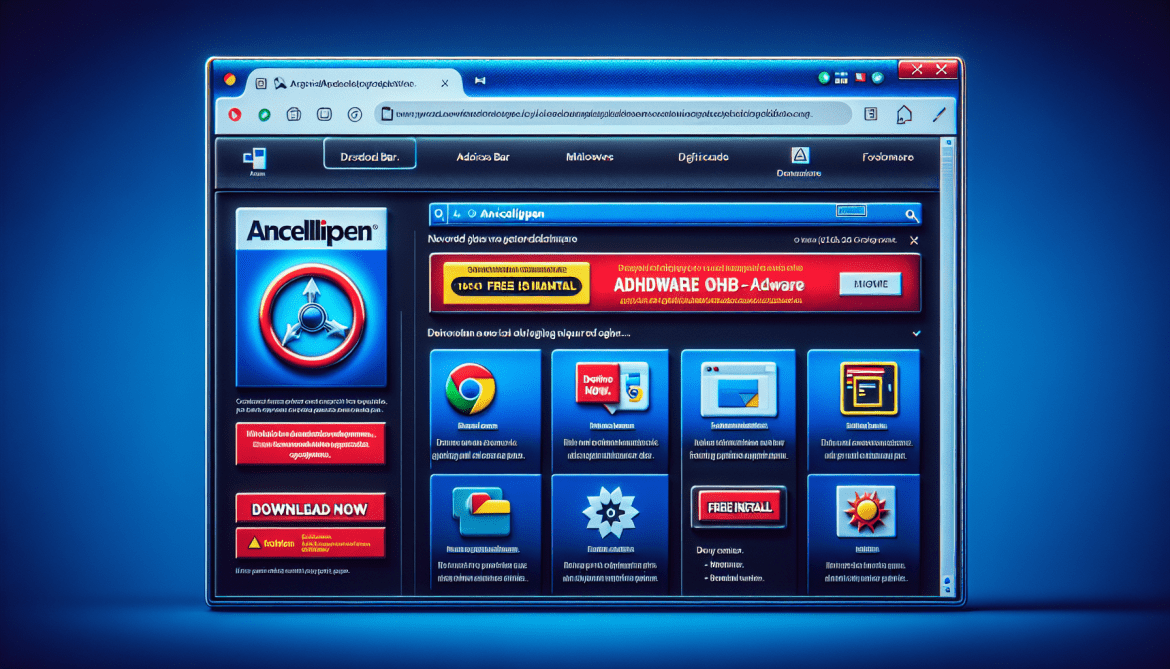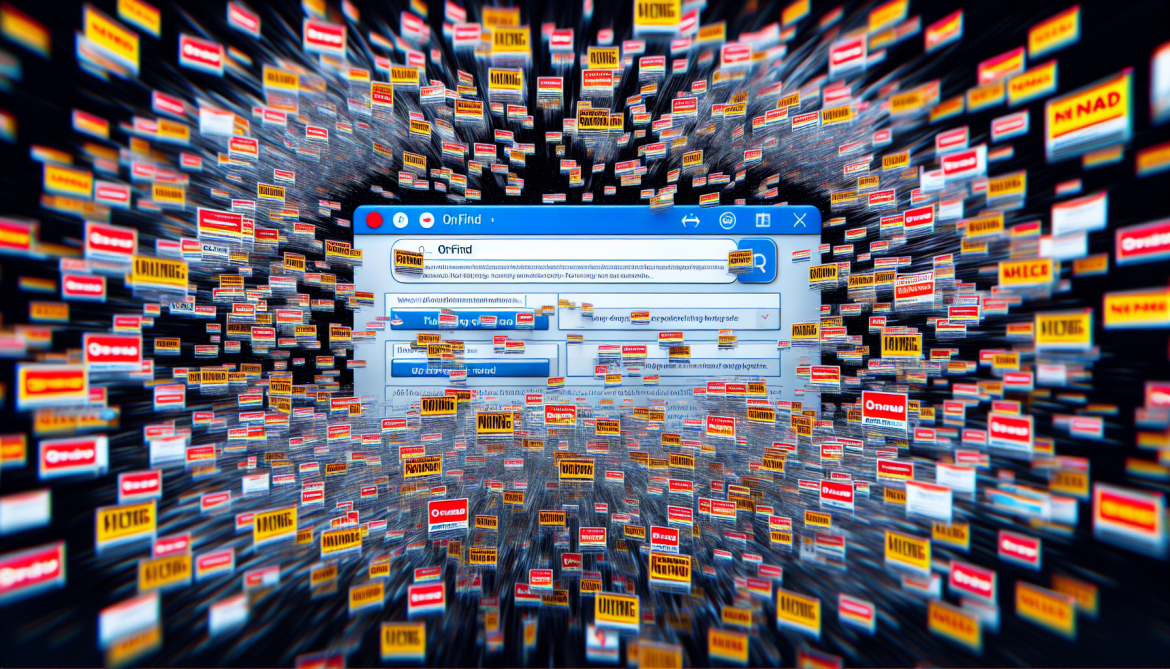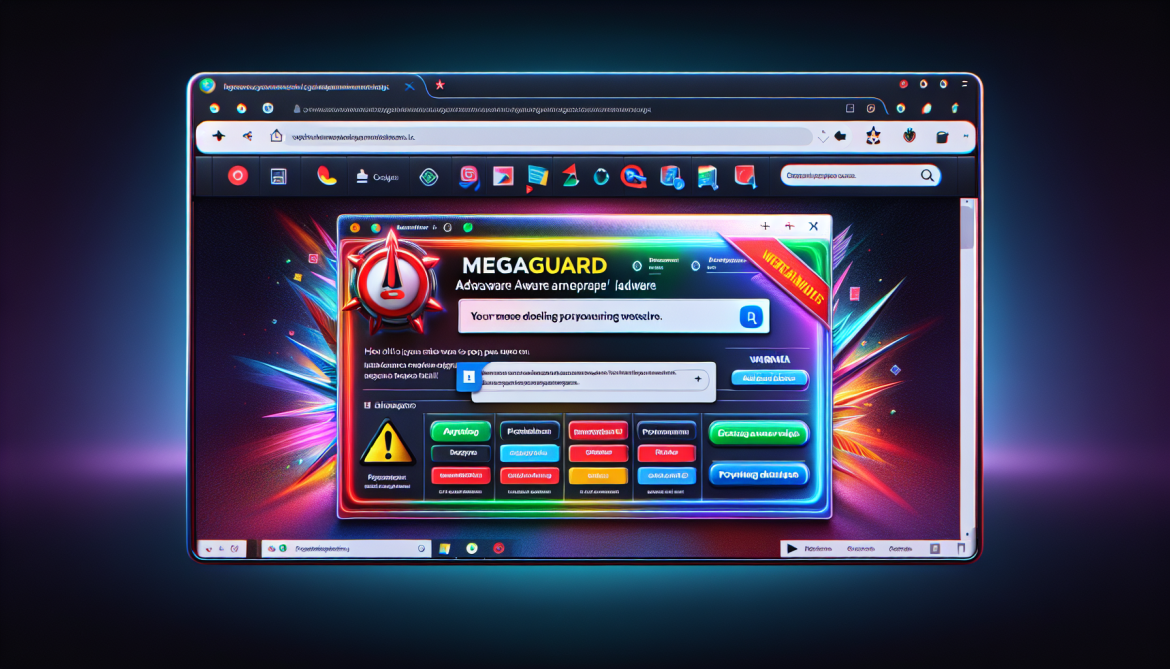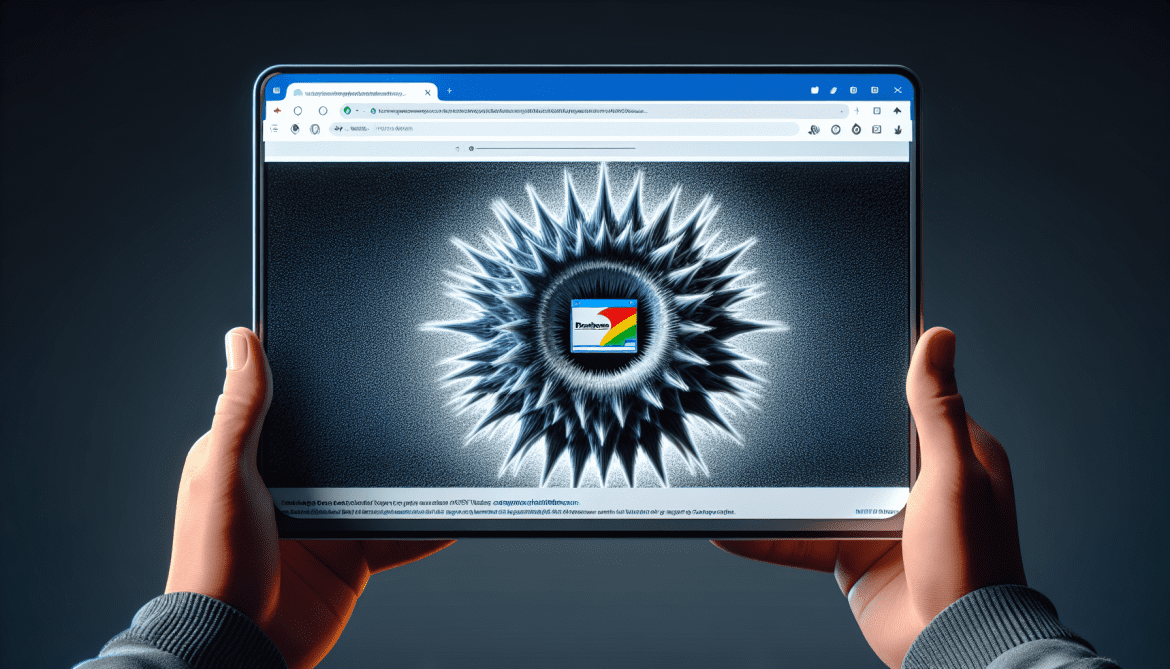RepOroel adware is a type of malicious software that is designed to display unwanted advertisements on a user’s computer. This adware typically infiltrates a computer system without the user’s knowledge or consent, often bundled with other software downloads or through deceptive email attachments. Once installed, RepOroel adware can track a user’s browsing habits and display targeted ads based on their online activity.
RepOroel adware can infect computers through various means, including downloading infected files or software from unreliable sources, clicking on malicious links or pop-up ads, or opening infected email attachments. Once installed, the adware can significantly slow down a computer’s performance and may also lead to privacy and security issues. It is important for users to be cautious when downloading software or clicking on links online to prevent RepOroel adware and other types of malware from infecting their computers.


